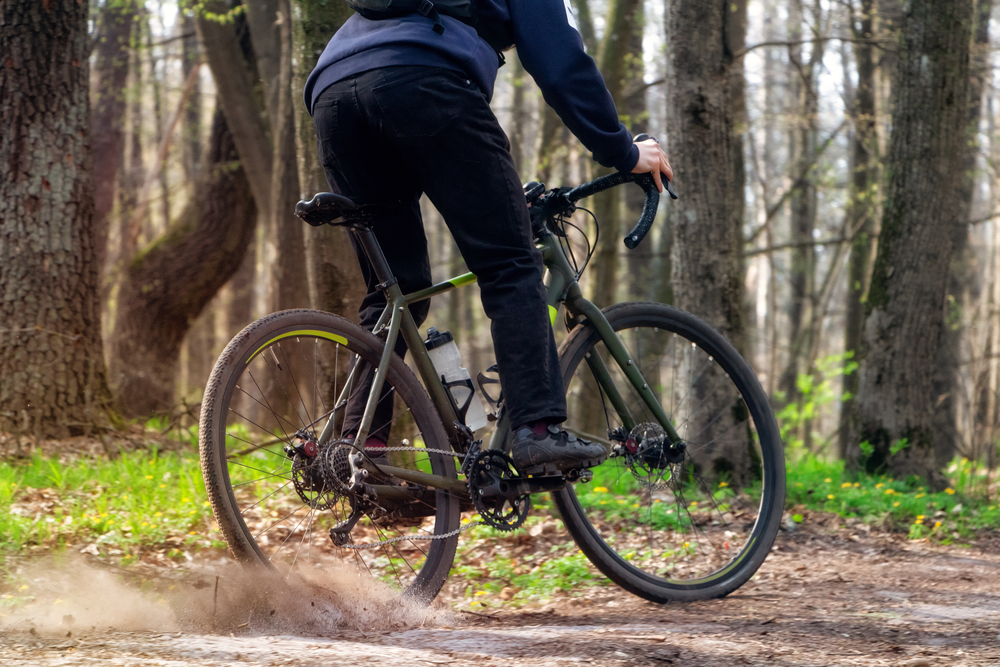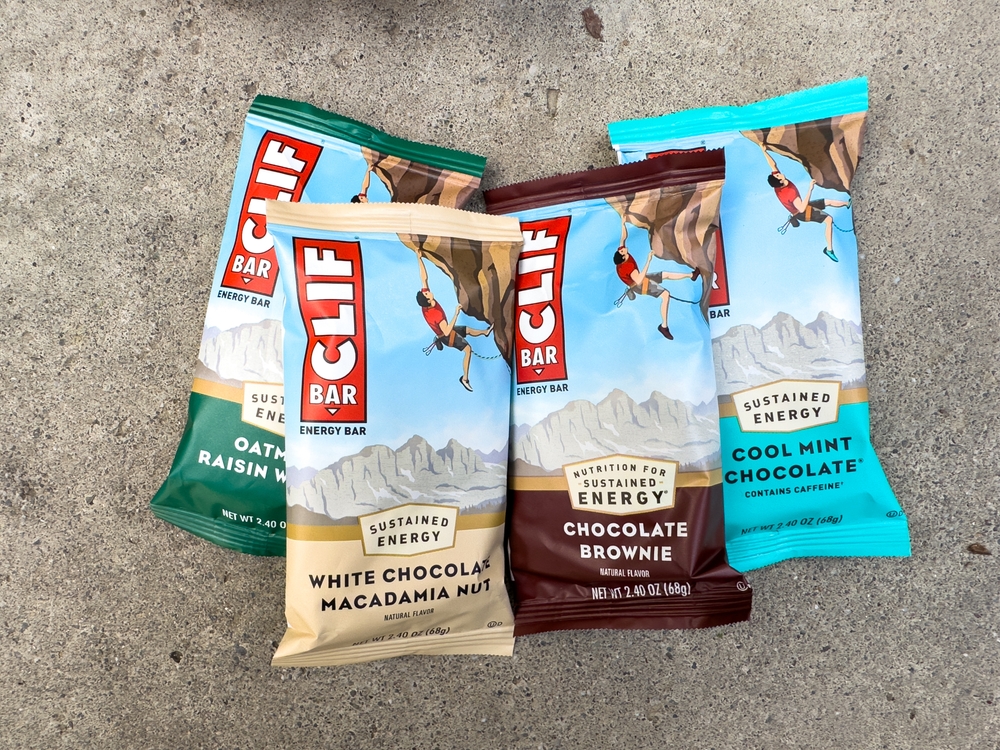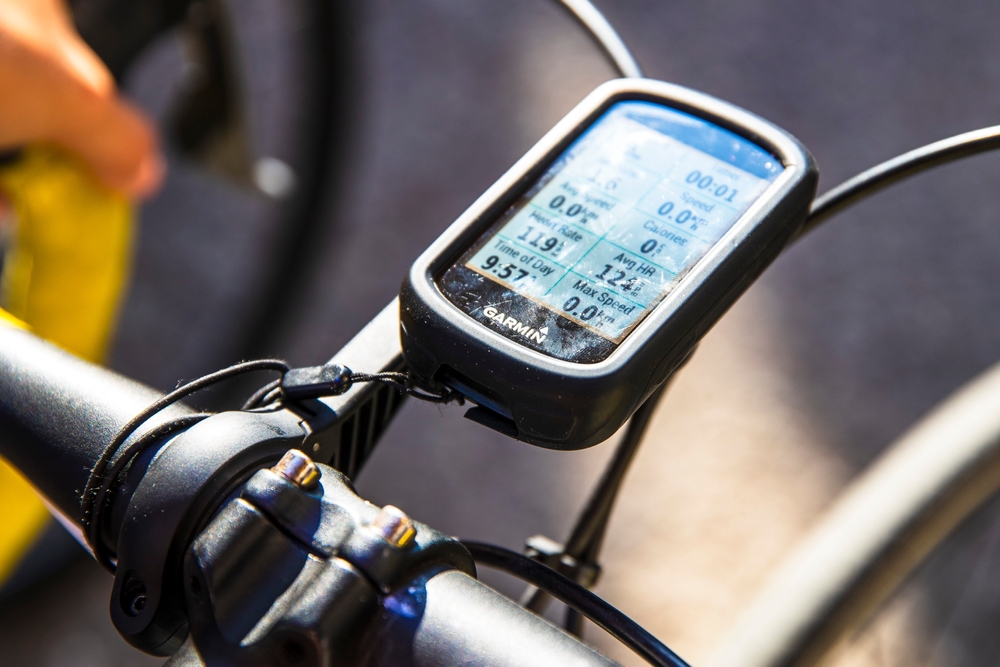Tubeless Bike Tires
Tubeless bike tires have revolutionized the cycling world. They offer distinct advantages over traditional tube tires. Understanding their benefits and how to use them can greatly enhance your cycling experience.
What Are Tubeless Bike Tires?
Tubeless bike tires are just what they sound like: tires that don’t need inner tubes. They are designed to create a seal with the rim of the wheel. This seal holds the air inside the tire. Sealant fills small holes and punctures automatically, allowing riders to keep moving.
Benefits of Tubeless Tires
There are several key benefits to using tubeless bike tires:
- Lower Risk of Flats: Without a tube that can pinch and puncture, flats are less frequent. The sealant in the tires automatically fills small holes, keeping the tire inflated.
- Better Traction: Running tubeless tires at lower pressures increases the tire’s contact patch on the ground. This provides better grip and control, especially on rough or loose surfaces.
- Smoother Ride: Lower pressure also means a more comfortable ride. Tubeless tires absorb bumps and vibrations more effectively.
- Less Rolling Resistance: Without an inner tube, the friction between tire and tube is eliminated. This can improve your speed and efficiency.
Installing Tubeless Tires
Switching to tubeless tires requires some specific steps and materials:
- Tubeless-Compatible Rims: Ensure your wheels are compatible with tubeless tires.
- Tubeless Valve Stems: These create an airtight seal within the rim.
- Tubeless Sealant: Fluid inserted into the tire to seal punctures and leaks.
- A Good Pump: You’ll need a pump capable of achieving higher pressures to seat the tire initially.
To install, start by cleaning the rim thoroughly. Fit the tubeless valve stem securely to prevent leaks. Mount one side of the tire onto the rim as you would with a regular tire. Pour in the sealant according to the manufacturer’s instructions. Finish mounting the tire. Inflate the tire to a high pressure to help seat the bead. Once seated, adjust to your preferred riding pressure.
Maintaining Tubeless Tires
Maintenance for tubeless tires is minimal but essential. Regularly check the sealant levels. Over time, the sealant can dry out or get used up filling punctures. Typically, refreshing the sealant every few months is sufficient. Inspect your tires for any large cuts or damage that the sealant can’t handle. Clean the tires and rims periodically to prevent debris buildup that can affect the seal.
Dealing with Punctures
Tubeless tires handle most small punctures automatically. For larger punctures, you’ll need a tubeless repair kit. These kits contain plugs that fill larger holes. Insert the plug into the puncture and reinflate the tire. If a puncture is too severe, you can install a regular tube in an emergency, though this should be a last resort as it negates the tubeless benefits.
Common Misconceptions
There are a few common misconceptions about tubeless tires:
- Difficult Installation: While the initial setup can be tricky, it’s manageable with the right tools and knowledge.
- Cost: While tubeless setups can be more expensive initially, the reduced number of flats and longer lifespan can save money in the long run.
- Compatibility: Most modern rims and tires are designed to work with tubeless setups.
Real-World Performance
Tubeless tires excel in various riding conditions. Mountain bikers benefit from the improved traction and comfort on rough trails. Road cyclists appreciate the lower rolling resistance and fewer flats, especially during long rides. Commuters enjoy the reliability and ease of maintenance, reducing downtime for repairs.
Advances in Tubeless Technology
Technology continues to advance in the world of tubeless tires. New sealants offer better puncture protection and performance. Rims and tires are becoming even easier to install and maintain. The market now offers more options tailored to specific types of riding, from gravel grinding to intense downhill mountain biking.
Industry Adoption
Many bicycle manufacturers now offer bikes with tubeless setups as standard. Riders new to tubeless systems will often find support and tutorials readily available. The widespread adoption has led to improved products and more accessible price points.
Final Thoughts
Understanding tubeless bike tires can greatly benefit any cyclist. Whether you’re looking for better performance, increased comfort, or fewer flats, tubeless tires provide a robust solution. Proper installation and maintenance ensure that you can enjoy the benefits with minimal hassle.
“`






